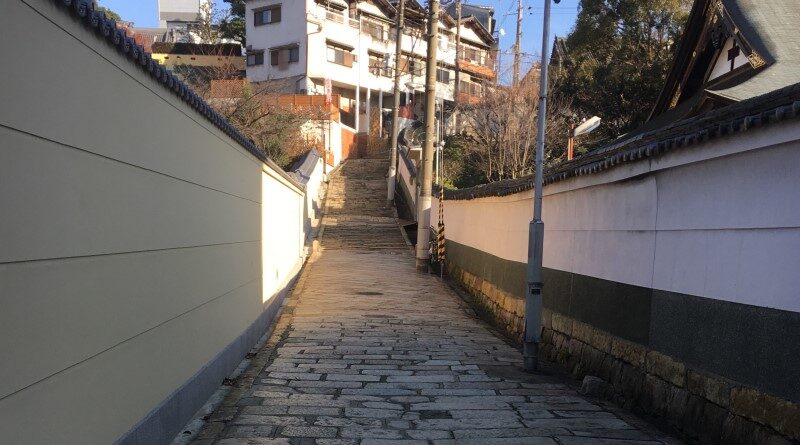
Sunset on The Seven Slopes of Tennoji
Easily one of the best hidden joys of Osaka is a walk through along the Seven Slopes of Tennoji at sunset. This special district just north of Shitenno-ji Temple is not only full of interesting temples, but is historically famous for its sunsets. Best of all, walking along the Seven Slopes is totally free.
The Uemachi Plateau
Once upon a time, Osaka [大阪] was called Osaka [大坂], literally meaning “big slope”. Since its original name was “big slope” you would expect to have Osaka either many slopes and hills, or one very big iconic slope. However, if you walk from Namba to Umeda, you can clearly see that Osaka is the very flat place; no slopes almost at all.
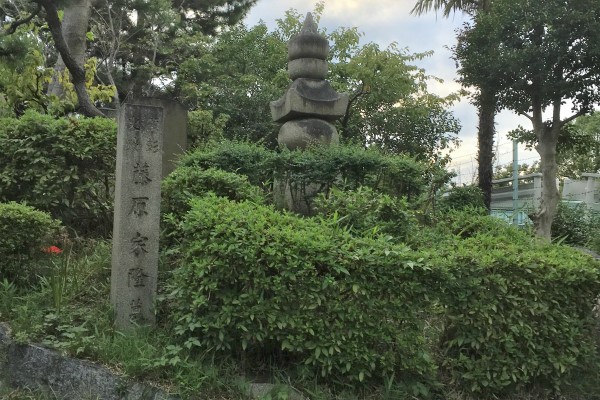
So where are these slopes? Osaka’s slopes are concentrated in just one section: the Uemachi Plateau. The Uemachi Plateau starts from Sumiyoshi Taisha and reaches its highest point near Osaka Castle. Due to the slightly higher elevation, this area of the city is famous for beautiful sunsets. Unfortunately, the development of every growing skyscraper makes it so you cannot see the sunset as it was centuries ago, but there are still some very nice spots.
This distinct is also home to seven famous slopes locally known as Tennoji no Shichi Zaka, or The Seven Slopes of Tennoji.
The Seven Slopes of Tennoji
Shingon-zaka Slope [真言坂]
Located north of Ikutama Shrine, this slope leads to the north gate of Ikutama Shrine.
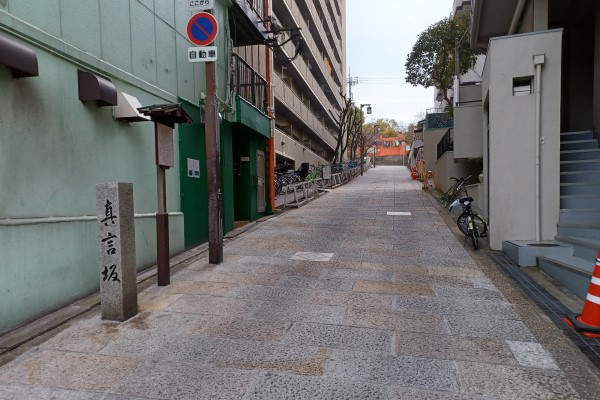
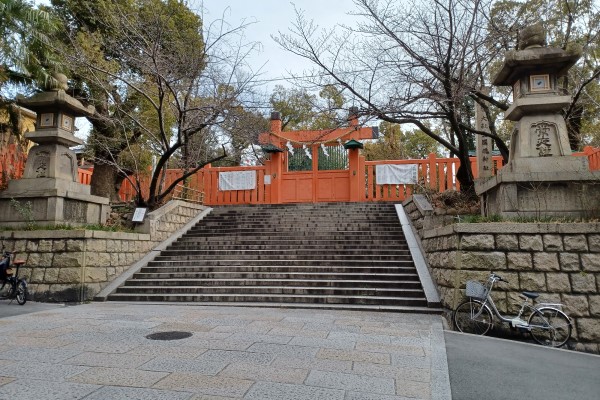
This slope is called “Shingon” because when Ikutama Shrine was first built, a number of temples were also built to protect the shrine from bad spirits. Six of these temples were coincidentally from the Shingon-sect of Buddhism. Additionally, the Shingon-zaka Slope was once much longer but Sennichimae Street now completely divides the slope.
Genshoji-zaka Slope [源聖寺坂]
The Genshoji-zaka Slope starts from Matsuyamachi Street.

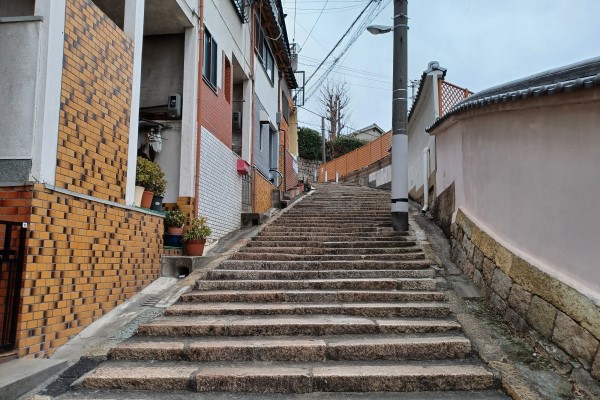
As the name suggests, Gensho-ji Temple sits at the bottom of the slope. There are also many other temples nearby, such as Reien-ji Temple with its large elaborately carved wooden gate.
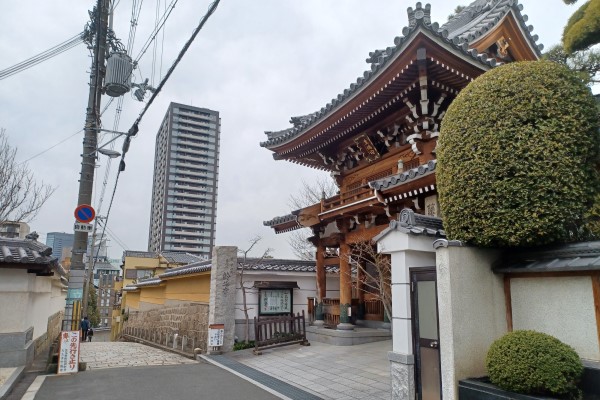
During the Edo Period roughly 80 temples relocated to the area of the Uemachi Plateau between Ikutama Shrine and Shitenno-ji Temple. Historians are not sure exactly why these temples gathered in this one area, but it does seem that they were forced to move. Today, this temple district is a popular place among the locals to take a leisurely sojourn, especially in the evening time.
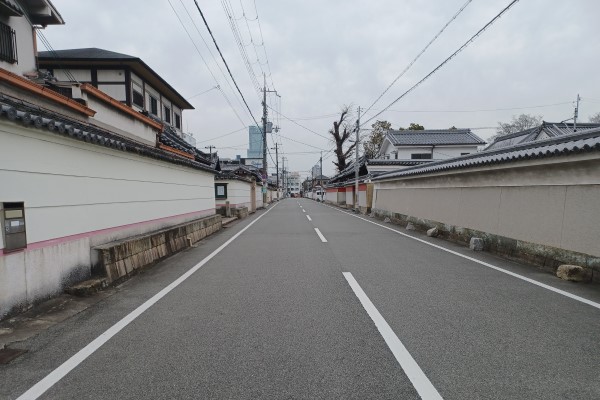
Kuchinawa-zaka Slope [口縄坂]
Lined on either side by several temples, this slope is one of the most popular and most charming among the seven slopes.
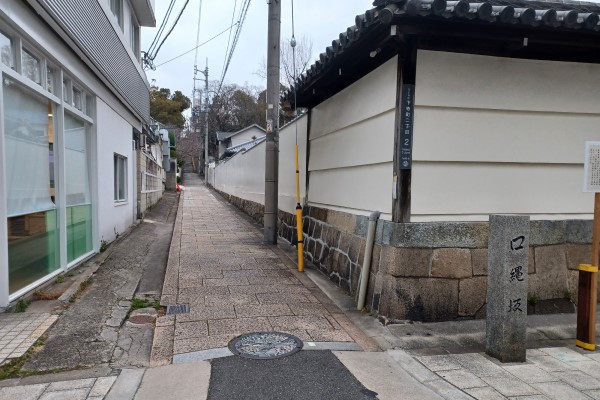
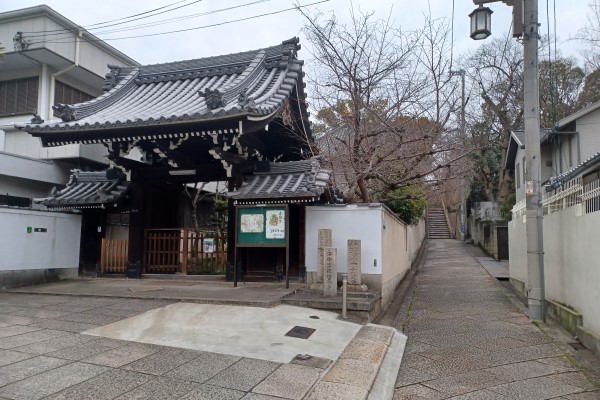
This long curving slope got its name due to the fact that its looks like a kuchinawa (snake). This slope was also a favorite of famed Osaka author, Oda Sakunosuke.
Aizen-zaka Slope [愛染坂]
It is hard to see, but Aizen-zaka is actually a very steep slope.
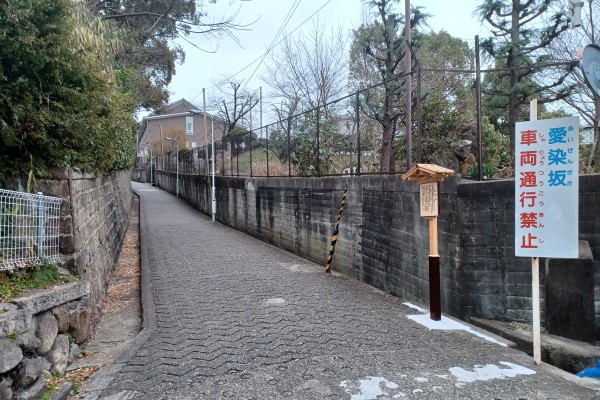
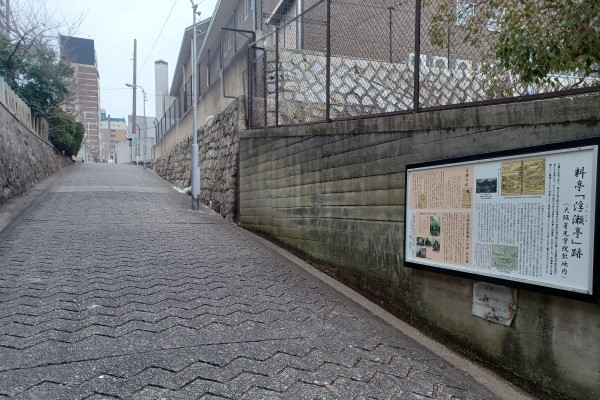
Naturally, this slope is called Aizen-zaka because it leads to Aizen-do. Also, at the top of the hill is Ooe Shrine[大江神社], one of the Seven Guardian Shrines of Shitenno-ji.

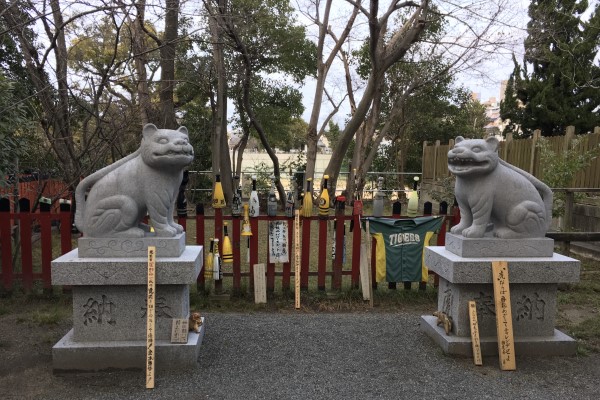
Kiyomizu-zaka Slope [清水坂]
Kiyomizu-zaka Slope is bit shorter than other slopes.


At the top of this slope is Kiyomizu-dera Temple. If that reminds you of a very famous temple in Kyoto then you are correct! Allegedly, this temple received a statue of Buddha made by Prince Shotoku from the Kiyomizu-dera Temple in Kyoto. The temple was so honored, they made the Kiyomizu-dera Temple of Kyoto their namesake. Just as its namesake in Kyoto, Osaka’s Kiyomizu-dera Temple offers a great view.
Kiyomizu-dera is also home to the only natural waterfall, the Tamade Waterfall [玉出の滝]. The water of the cascade supposedly comes from an underground pond beneath Shitenno-ji Temple.
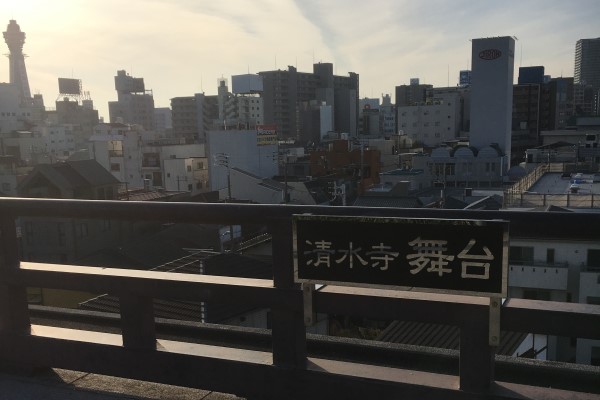

Tenjin-zaka Slope [天神坂]
This slope is surrounded by temples and the walk up is very enjoyable. The name “Tenjin” comes from the fact that Yasui Tenjin Shrine is at the end of the Tenjin-zaka Slope.
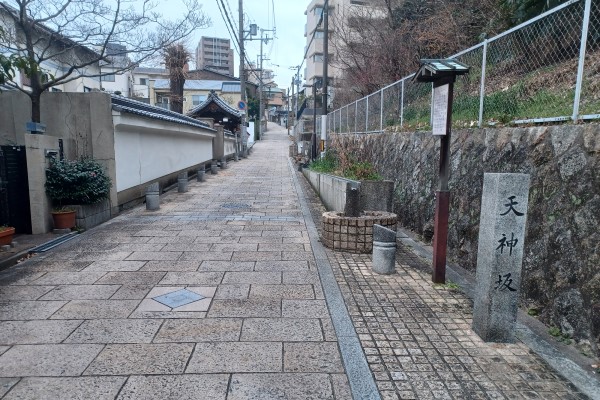
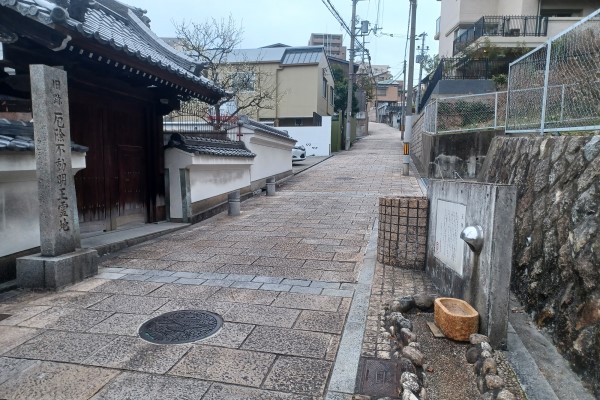
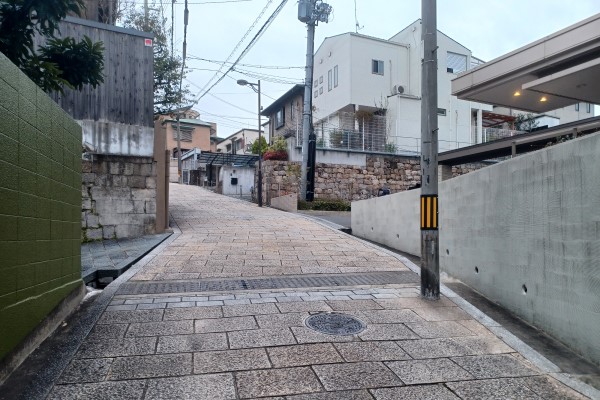
This shrine is a very important place for the people of Osaka because it is where Sanada Yukimura [真田幸村], the most iconic war hero of The Siege of Osaka, died.
Osaka Slope [逢坂]
This Osaka is written as either [逢坂] , not [大坂] and therefore has nothing to do with the name of the city/prefecture.
Much of the Osaka Slope is National Route 25, so unlike the other slopes, this slope looks like just an ordinary road. Since National Route 25 connects between Tsutenkau, Tennoji-zoo and Shitenno-ji temple, you may have already seen Osaka without noticing it.
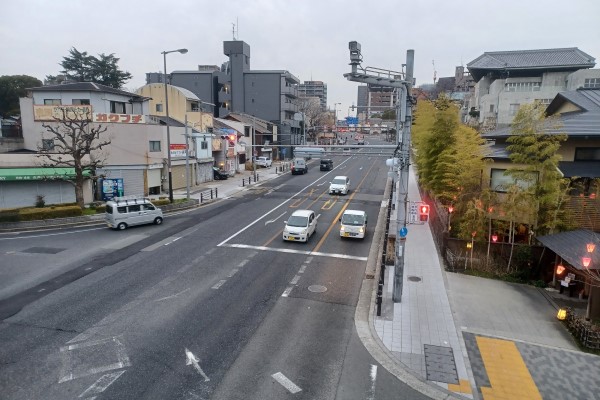
Also on this slope is a little temple called Gappo-ga-tsuji Emma-do [合邦が辻閻魔堂] where, once a long time ago, Prince Shotoku and Mononobe Moriya [物部守屋] debated about whether or not Buddhism should be introduced to Japan.
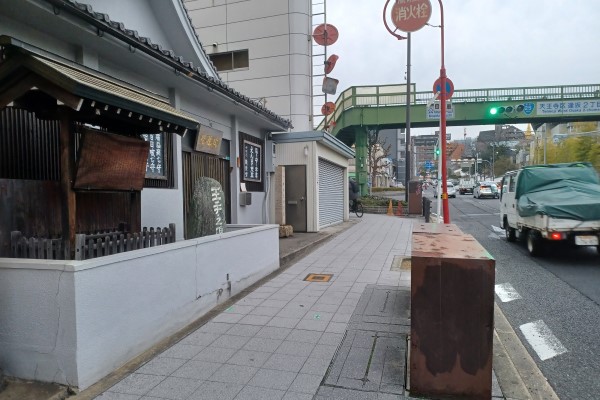
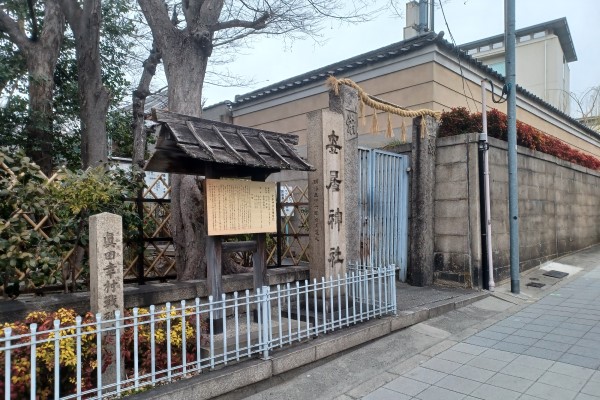
The Seven Slopes of Tennoji are a great way to experience Osaka’s extremely rich history. Though you might not find it in many tour books, these slopes and the temples along them each have interesting stories to tell for those willing to listen.
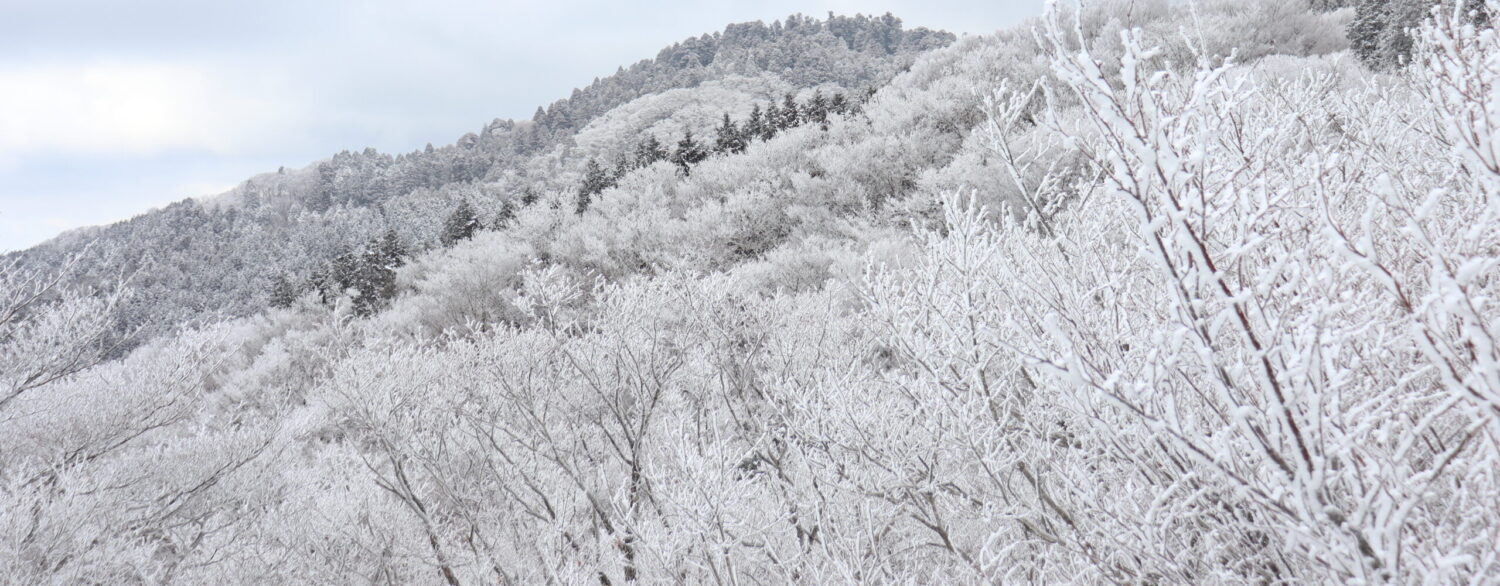
Leave a Reply